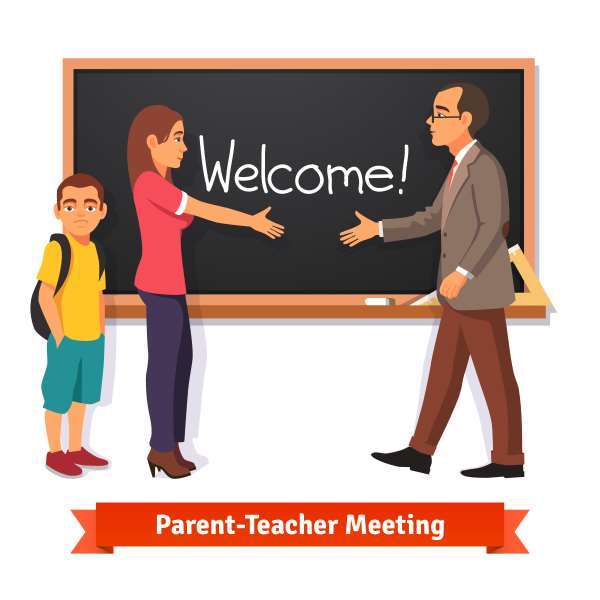So, you’ve been doing everything you can to protect your kid from bullying. You stay connected with them and you have their computer passwords (just in case). You ‘ve been talking to them about being cyber safe and sane and maintaining their online reputation. You’ve learned the technology and know the latest social media platforms. You’ve talked with them about showing kindness and empathy. You’ve gathered information about the bullying prevention policies, procedures and programs at the school.
Then…it happens…you find out that your child is involved in a bullying incident at school. Whether it’s a call from the school administrator, a note in your kid’s backpack, an overhead conversation or a conversation with your child, it’s never easy to hear about. Whether your kid is the target or the one doing the bullying, you may end up feeling angry, disappointed, sad or frustrated. It’s important to react with as much calm and patience as you can muster.
No matter how you find out about the bullying, the first thing you’ll want to do is talk with your child Allow them to share the details of the incident(s) from their perspective, whether they are the target or the one bullying. Let them know they are loved and supported and that you believe in them. Let them know they are not alone.
If your child is the target of bullying, remind them that it’s not their fault and that there are things you can do to come up with a plan of action. Remind your kid that they can assertively stand up to bullying.
Contact the school and schedule a meeting with the teacher, principal and if the school has one, the designated bullying prevention rep. Whether your child participates in this meeting is up to you. If they are willing to do so, it is empowering for your child to be involved in the process of finding solutions.
Write down all of the essential facts before the meeting and bring them with you to the meeting. Dates, times, locations, participants and whatever actions were taken by the people involved. This will help you to present the facts in an effective way and no details will get left out.
Work with all parties to set a plan that addresses the immediate needs of your child, what they can do to avoid being bullied and whom they can go to for help. It’s important that your child knows what the adults will be doing to protect them and stop further bullying. The school should have procedures in place to immediately provide safety for a target of bullying and, if needed, place a restraint on the child who is bullying.
Ask the school what procedures that the child who bullied your child will be going through and what involvement the parents of the child will have in resolving the issues. The child who is being targeted and the child who bullies should not meet face to face at this meeting. A meeting can be set for a later date to allow for reconciliation after the child who is accused of bullying has had a chance to work through their own situation.
If, after the meeting, you feel that the problem is not being adequately addressed by the school, express your concerns and let the school know that you will be taking the issue to the next step with the school district and/or the Board of Education in your area. If needed, you can contact the local law enforcement, an attorney and/or the U.S Department of Education.
If your child is the one accused of bullying another kid, it’s important that you try to avoid being defensive or making excuses for their behavior. Try not to react emotionally. Listen to your child’s explanation of the events and listen to the school’s concerns as well. Ask the school representatives what they have done to remedy the situation. If a meeting is scheduled, be sure that you understand the agenda for the meeting and write down any questions that you may have.
Be open to working with that school and the other parents to solve the problem. Make sure that you let the others know that you take the situation seriously and want to be a positive influence in the process. Suggest a plan that involves discipline rather than punishment.
Make sure that the consequences are constructive and teach your child to fix what they did (restitution), figure out how to keep it from happening again (resolution) and how to heal the child he has harmed (reconciliation). Work with the school and make suggestions to them about how they can best help your child.
IF you have any questions or want additional tips on how to help protect your child from getting involved in a bullying situation, click the subscribe button that the end of this post and we’ll add you to our email list. You’ll receive your own FREE copy of our latest e-book, “Bullyproof”. It’s full of tips and easy-to-implement steps you can take to protect your child and help them stand up to bullying.



Recent Comments